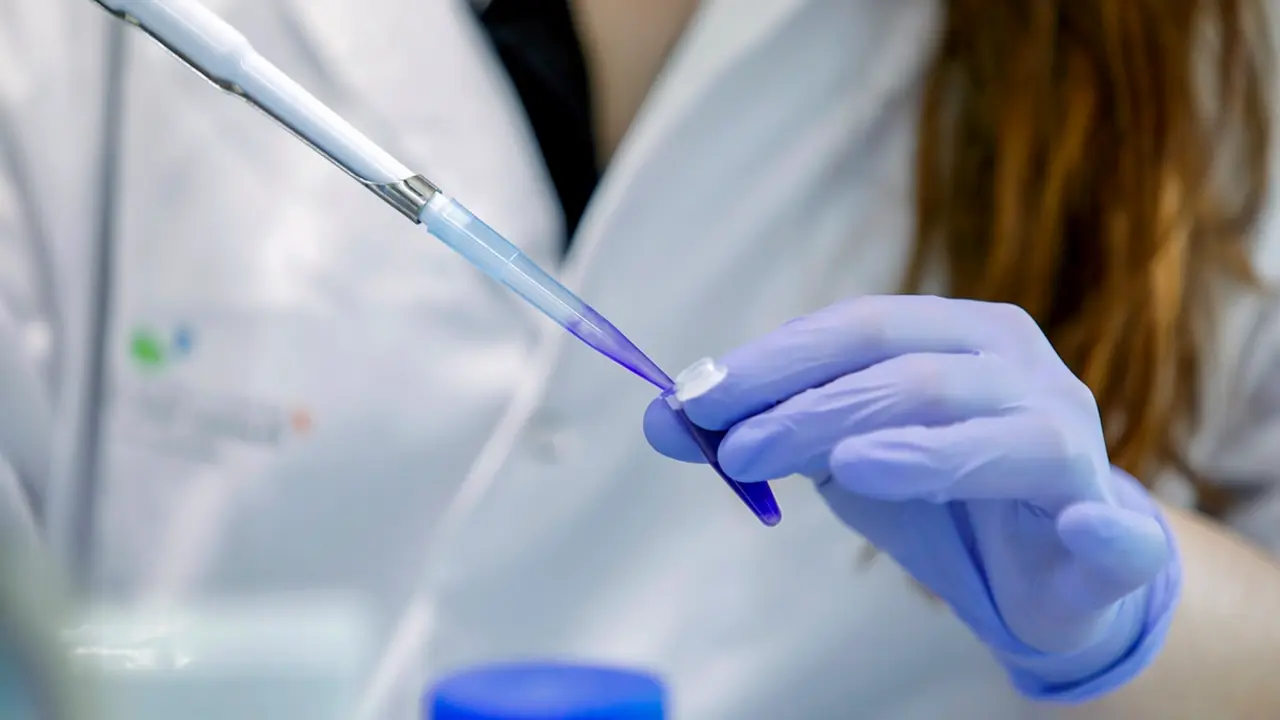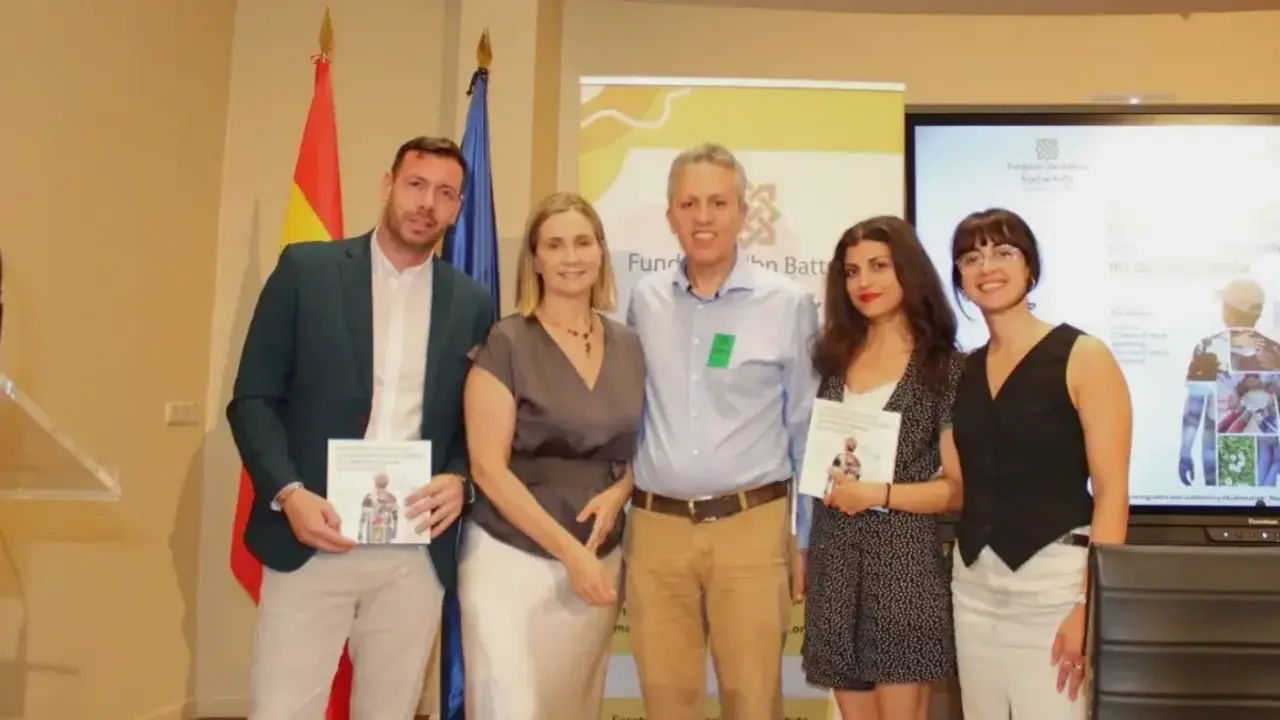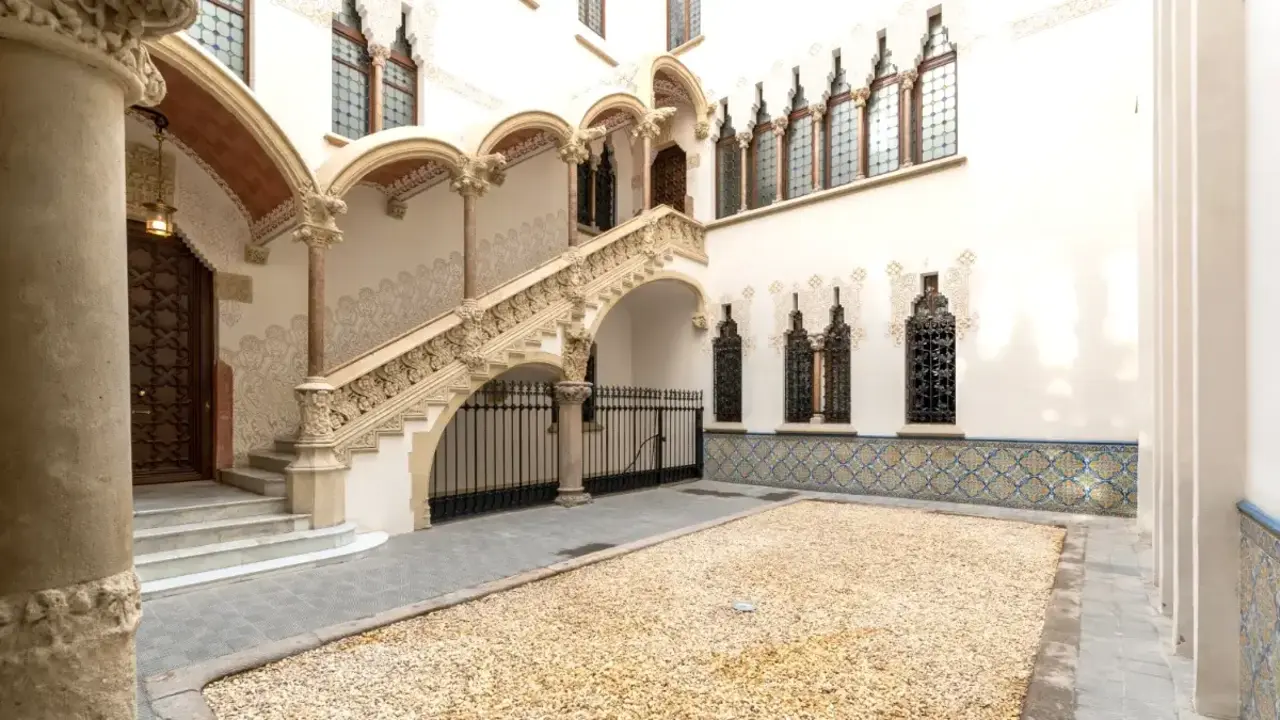Spanish-made satellites to improve sustainable agriculture in Africa, the Middle East and Europe

Two recent initiatives of the European Union will be of great help in improving agricultural production in the nations of the old continent and the countries of Africa and the Middle East.
Two major contracts were signed simultaneously in Madrid and Paris on 13 November, opening the door to work on the development and manufacture of two new satellites that will help farmers reduce their water consumption and anticipate the irrigation needs of their crops within two to three weeks.

Situés As part of Copernicus, a major programme of environmental monitoring and protection services set up by Brussels to improve Europeans' quality of life, the new satellites have been labelled "high priority". As well as providing data and images from farms in EU countries, they will make them available free of charge to governments in Africa, the Middle East and the rest of the world.
Called LSTM and CHIME, the two missions aim to provide solutions for sustainable farm management and improve food security. These two needs are not yet covered by the space platforms that Brussels maintains in orbit, which have made the EU the world's leading provider of Earth observation data.

To carry out this project, the European Space Agency (ESA), as manager of the space component of Copernicus, has awarded a €380 million contract to Airbus Space Systems España for the manufacture of two LSTM (Land Surface Temperature Monitoring) satellites. Airbus España will lead a team of 45 European companies, five of which are Spanish: Elecnor Deimos, Thales Alenia Space España, SENER, Airbus CRISA and HV Sistemas.

The signing ceremony took place in the presence of the Minister of Science and Innovation, Pedro Duque, to whom the Director of Airbus España, Alberto Gutiérrez, thanked the "joint effort" of the Spanish Government, ESA and Spanish industry led by Airbus to conclude the agreement.

The LSTM mission has its origins in the needs expressed by farmers' organisations, which want to make their crops as sustainable as possible, "regardless of water scarcity, heat waves and environmental changes", explains Ana Bolea, the Spanish woman who, from the European Space Research and Technology Centre in Noordwijk (Netherlands), is acting as project leader.
The two LSTM satellites that the European multinational is to manufacture in its factory in Barajas (Madrid) "will observe, measure and monitor the evolution of evaporation-transpiration of cultivated plants and their water stress", Ana Bolea points out. The data obtained will enable scientists to improve their understanding of the water cycle and the impact of climate change on crops.

From their orbital position at an altitude of 650 kilometres and equipped with a powerful, high-resolution thermal infrared instrument, they will obtain images of the Earth with a resolution of 50 metres. This is about 400 times more detail than the Sentinel-2 devices of the Copernicus programme currently in space.
The two LSTMs will provide 24-hour measurements of the temperature of cultivated land. They will also calculate the levels of water vapour emitted by the crops during their growth stage, preferably when the sun is at its zenith and the plants are under maximum stress due to lack of water. These two parameters are essential to effectively manage the decrease in water resources devoted to field irrigation.
Growing water scarcity in Lake Chad
With the plan to put "the first satellite into orbit in 2028 - the Spanish say - and a year or a year and a half later the second", they will fly over Europe, Africa, the Middle East and also the rest of the world's farmland to provide information to farming organisations.
At the same time, on 13 November, ESA signed another €455 million agreement in Paris with Thales Alenia Space for the Franco-Italian company to build a pair of CHIME satellites, the English acronym for the Copernicus hyperspectral imaging mission.
With its launch into space scheduled for 2029, the mission will carry an advanced spectrometer in the visible to short-wave infrared visible band to acquire detailed knowledge of the state of vegetation and also contribute to the sustainable management of agriculture and biodiversity.
In African countries such as Ethiopia, Somalia, Liberia, Rwanda, Zambia and Mozambique, as well as in Saudi Arabia, the United Arab Emirates, Kuwait, Lebanon, Syria and Europe, water is wasted or scarce for irrigation. Year after year, the data and images provided by the many European, North American, Chinese, Japanese and Indian observation satellites prove it.

In Central Africa, for example, declining rainfall and increasing amounts of water used for irrigation have led to an uncontrolled reduction in the volume of water retained in Lake Chad, located between Chad, Cameroon, Nigeria and Niger.
The depletion of the lake's flow has become a matter of survival for the people who depend on its water supply, leading to the emergence of terrorist groups such as Boko Haram, one of the most serious security problems facing West African countries.








